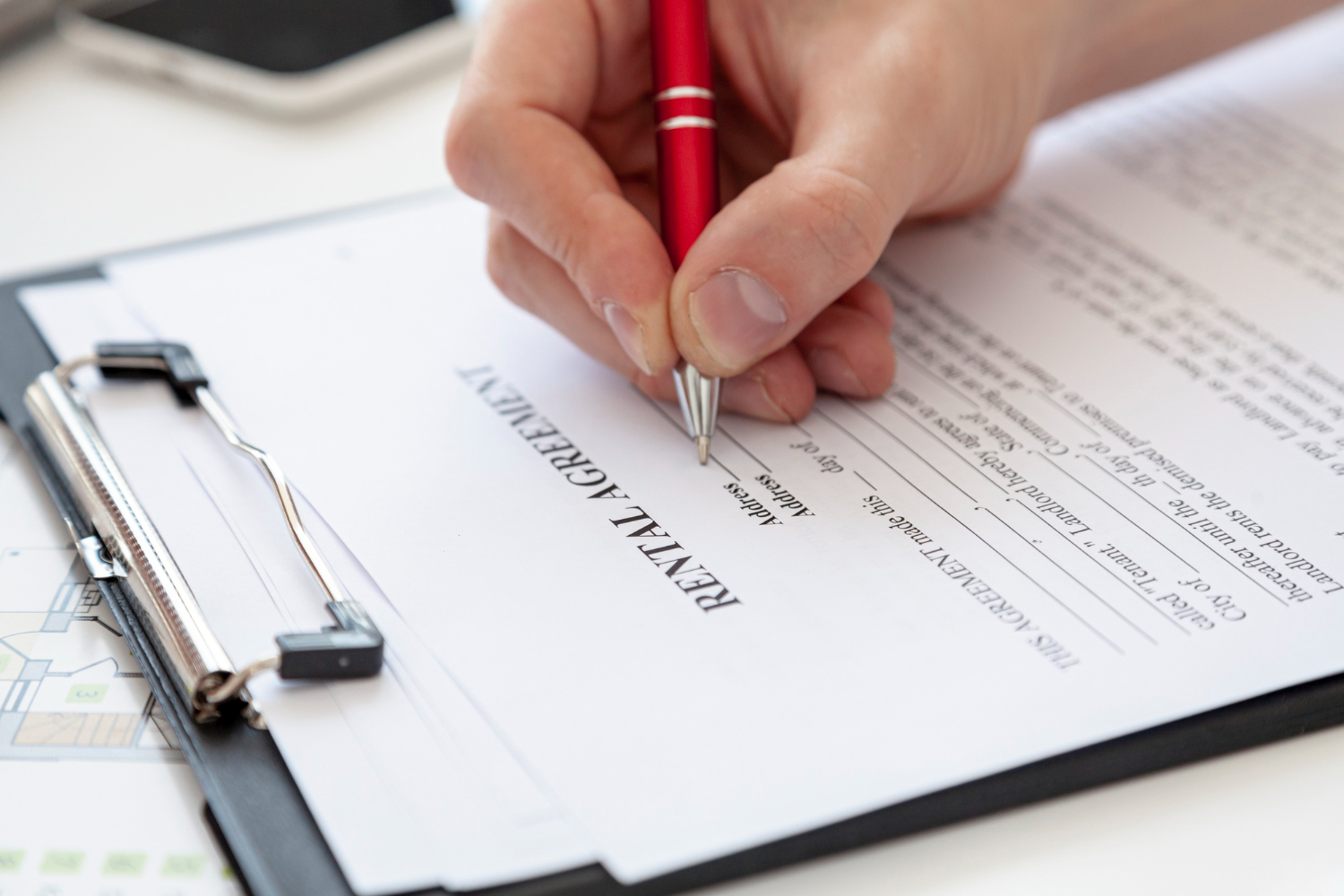
Common Mistakes When Requesting an Apostille And How to Avoid Them
Getting an apostille can be a straightforward process—if you do it correctly. However, many people run into issues simply because they don’t understand the requirements or overlook key steps. These common mistakes can delay your paperwork or even result in outright rejection. Whether you’re dealing with personal, academic, or business documents, knowing what to avoid can save you both time and money.
In this article, we’ll cover the most common mistakes people make when requesting an apostille and how to avoid them. We’ll also share helpful tips and official resources so you can navigate the process confidently.
Mistake #1: Submitting the Wrong Type of Document
One of the most frequent errors is submitting documents that are not eligible for an apostille. For example, photocopies or improperly notarized papers will often be rejected. Only original or certified copies of official documents, such as birth certificates or court judgments, can receive an apostille. Each state has specific rules, and not every type of document qualifies.
To avoid this, check with your state’s Secretary of State office before submitting anything. You can find a list of accepted documents on many official state websites, such as the California Secretary of State. This simple step can prevent your request from being returned unprocessed.
Mistake #2: Skipping the Notarization or Certification Step
Another major mistake is forgetting to notarize or certify the document before requesting an apostille. Not all documents require notarization, but many personal and business forms do. Without proper certification, the apostille request will likely be denied.
Make sure to:
- Have the document notarized by a commissioned notary public.
- Verify that your notary’s commission is current.
- If required, obtain a county clerk’s certification before proceeding to the Secretary of State.
The National Notary Association provides helpful guidance on what constitutes proper notarization.
Mistake #3: Sending Documents to the Wrong Authority
Knowing where to send your documents is crucial. Many people mistakenly submit state-level documents to the U.S. Department of State or send federal documents to their state authority. This creates unnecessary delays and can result in documents being returned.
Here’s a simple breakdown:
- State-issued documents (e.g., birth certificates) go to the Secretary of State where the document originated.
- Federally issued documents (e.g., FBI background checks) must be authenticated by the U.S. Department of State. Learn more on their authentication page.
Understanding jurisdiction ensures your documents end up in the right hands the first time.
Mistake #4: Ignoring Country-Specific Requirements
Not all countries have the same standards. While apostilles are accepted in over 120 countries under the Hague Apostille Convention, others like China, UAE, or Egypt require embassy legalization instead. Submitting an apostille to a non-Hague country could lead to rejection of your documents abroad.

Check whether your destination country is part of the Hague Convention by visiting the official HCCH site. If your country is not listed, you’ll need to follow a different process called document legalization. For step-by-step assistance, you can explore professional legalization and apostille services that ensure compliance with international requirements.
Mistake #5: Not Planning Ahead
Many people underestimate how long it takes to get an apostille. Depending on your state, it could take anywhere from a few business days to several weeks. If you’re on a tight deadline for travel, employment, or study, poor planning could lead to missed opportunities.
To stay ahead:
- Check current processing times on your Secretary of State’s official website.
- Ask if expedited service is available.
- Ensure all your documents are properly prepared before submission.
“Planning is bringing the future into the present so that you can do something about it now,” said author Alan Lakein—a fitting reminder for apostille preparation.
How to Avoid These Mistakes
To make the process easier, follow these tips:
- Use a checklist tailored to your document type and destination country.
- Consult the Secretary of State or Department of State websites for the latest requirements.
- Consider hiring a professional service, especially for complex or urgent cases.
Companies like One Source Process simplify the steps and reduce the risk of rejection. They handle everything from notarization to embassy legalization, ensuring your paperwork is accepted where it needs to go.
Conclusion
Requesting an apostille doesn’t have to be stressful, but mistakes can make it so. From sending the wrong documents to overlooking country-specific rules, there are many pitfalls that can be easily avoided with the right knowledge and preparation.
By understanding the process and following expert guidance, you can ensure that your documents are accepted quickly and without issues. Whether you’re legalizing papers for international adoption, academic enrollment, or business expansion, doing it right the first time will save you valuable time and effort.




